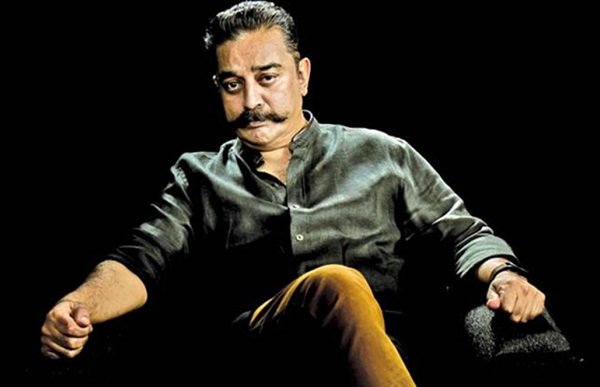In the precise rhythm of her footwork and the audacious challenge to tradition woven into every performance, Kumudini Lakhia—often referred to as India’s Martha Graham—transformed the language of Kathak. Her passing on Saturday morning in Ahmedabad at the age of 95 signifies not just the end of a brilliant life steeped in dance, but also the loss of a voice that reinterpreted an ancient art form with spirit, soul, and a striking modernity.
With every spin and gaze, Lakhia reshaped Kathak into a reflection of the contemporary world—bold, expressive, and unapologetically individualistic. A trailblazer, mentor, and visionary, her legacy extends far beyond the stage, etched into the hearts and practices of generations of dancers she nurtured at Ahmedabad’s Kadamb Centre for Dance.
Born in 1930, Kumudini Lakhia entered a time when women in the performing arts were constrained by unspoken rules and visible barriers. Yet, she was destined to move differently. Krishna Mohan Maharaj, son of the Kathak legend Pt Shambhu Maharaj of the prestigious Kalka-Bindadin gharana, remembers, “While her early training under my father and Sunder Prasad grounded her in tradition, even then there was a quiet rebellion in her rhythm—a longing to push boundaries, not out of defiance, but in pursuit of a deeper meaning.”
He fondly recalls touring with her in 1992. “Nothing we did could be without purpose. ‘What parampara? Tell me why it was created?’—that was always her refrain.”
Aditi Mangaldas, one of India’s foremost Kathak exponents, who began her dance journey under Lakhia’s guidance at Kadamb, echoes this sentiment. “That’s what made her a force of nature,” she says. “Though I later moved to Delhi to train under Pt Birju Maharaj, at the request of my aunt, Pupul Jayakar, Kumiben’s teaching—to not be a slave to tradition but to find one’s own voice—remained with me. It shaped my approach to Kathak and provided the foundation for my contemporary expression.”



